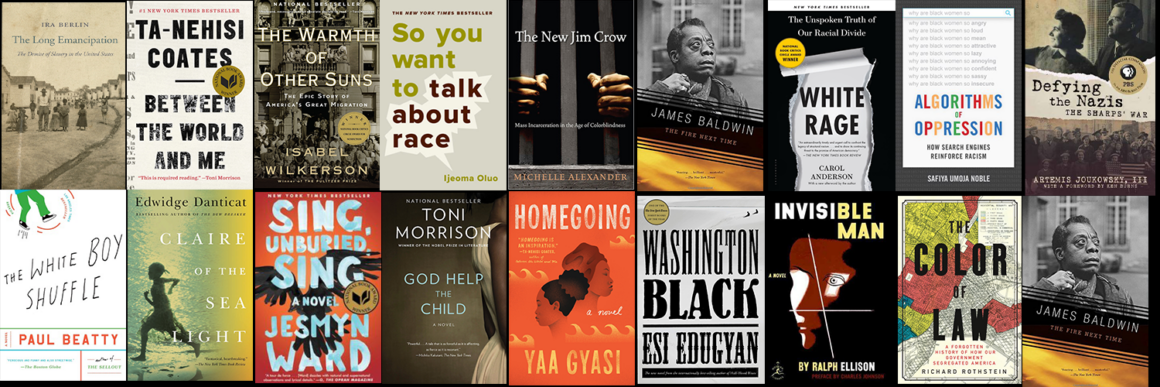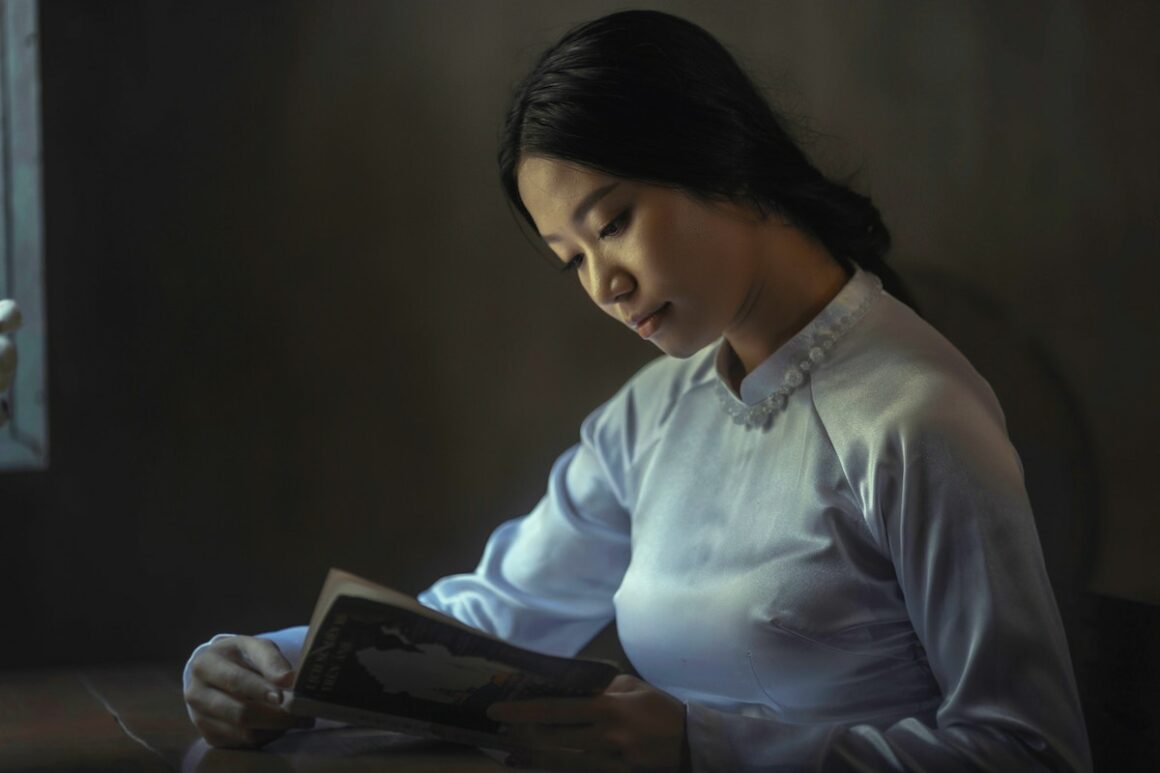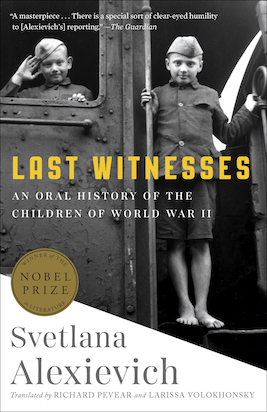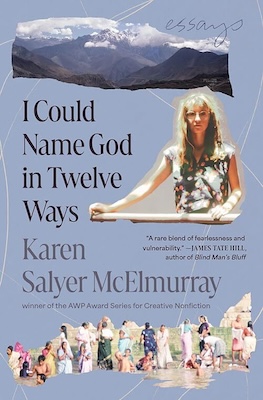Chaya Bhuvaneswar is a new voice in fiction with the recent publication of her debut story collection, White Dancing Elephants. In her interview with bookscover2cover, Chaya notes that her work originates from the juxtaposition of “Hindu epics, other myths and histories, and the survival of sexual harassment and racialized sexual violence by diverse women of color.” As I write in my review, White Dancing Elephants epitomizes the value of juxtaposition in a literary work: “The emotive force of White Dancing Elephants is a testament to Bhuvaneswar’s innate gift to connect the themes of race, color, ethnicity, culture, sexuality, and gender that emerge . . . in the lives of women and men.”
A bookish child, Chaya was reading and writing when she was four or five years old. She remembers writing critical essays about the books she read (and reread) because she could then continue to enjoy them. She loved Little Women and the Little House on the Prairie book series, but she didn’t understand “why their descriptions of people of color made” her feel uncomfortable. She also read Indian stories and myths and loved them too, but in an “entirely different way.” What really opened up her world was the comic book series, Amar Chitra Katha Hindu about the Hindu epics. Like Sandra Cisneros, author of The House on Mango Street, the library was the reason Chaya became a writer. She recalls that she “basically read everything in our neighborhood’s tiny library.”
In college, Toni Morrison drew Chaya into a world that was formative for her. She considers how much Beloved affected her, how “it represented a kind of supernatural grief.” She reflects: “Like only the supernatural and its invocation could ever possibly carry enough weight, enough force, to knock down all the lies and just plain cruelty and greed and human ugliness that made the horrors of slavery happen.”
Other authors that made a deep impression in college included Anton Chekhov, Jorge Luis Borges, Roberto Bolaño, Annie Proulx, Eudora Welty, James Joyce, and Seamus Heaney. She also mentions how her modernist class introduced her to the poetry of Marianne Moore, T.S. Eliot and many others.
Among the authors Chaya also names in her interview are Louise Erdrich, A.S. Byatt, Kathryn Harrison, Eudora Welty, Flannery O’Connor, Margaret Atwood, Alice Munro, Bharati Mukherjee, and V.S. Naipaul. As a practicing physician, she highly recommends the Egyptian feminist psychiatrist Nawal el-Saadawi, who campaigned against female genital mutilation and is the author of Woman at Point Zero and The Books of Nawal El Saadawi. She admires Dr. Seema Yasin, author of The Impatient Dr. Lange: One Man’s Fight to End the Global HIV Epidemic, and Rivka Galchen.
Chaya’s advice to high school students who want to become writers: “I would emphasize above all how important it is to just put aside any reservations about how the work will be received and truly, just focus on the writing and everything else will come. Find a way to carve out some sort of discipline. Don’t overthink it. Some days you might feel too tired to “produce” something, but you can find a way to scribble a few thoughts down and that can light your way when you’re back in the darkness the next time.”
Chaya Bhuvaneswar has been published in a variety of online and print journals including Narrative Magazine, Tin House, Electric Lit, The Millions, Joyland, Michigan Quarterly Review and The Write Launch.
Her website is chayabhuvaneswar.com and you can follow her on Twitter at @chayab77. She is doing a book tour and has started lining up book club and library visits; contact her if you want a visit or Skype with your book club.






1 comment
Thanks for bringing attention to this brilliant novelist.